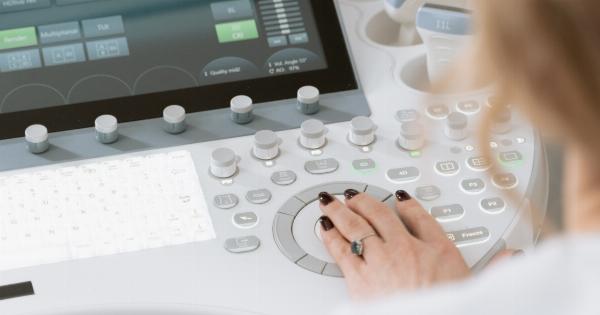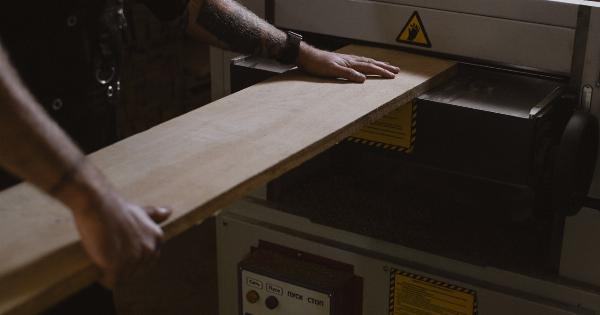The TURIS method is a minimally invasive surgical procedure used to treat benign prostatic hyperplasia (BPH), a condition where the prostate gland becomes enlarged and obstructs the flow of urine.
This procedure has gained popularity over the years due to its low risk and high success rate in treating BPH.
How does the TURIS method work?
The TURIS method involves the use of a small camera and a laser to remove the excess prostate tissue. The procedure is performed under local or general anesthesia and does not require any incisions.
The surgeon inserts a cystoscope, which is a small camera, through the urethra and into the bladder. The camera provides the surgeon with a clear view of the prostate gland, allowing them to precisely target the excess tissue. A laser is then used to vaporize the tissue, which is removed through the natural urine flow.
What are the benefits of the TURIS method?
The TURIS method has several advantages over other surgical procedures used to treat BPH:.
- Less invasive: The TURIS method does not require any incisions, which means there is less damage to the surrounding tissue.
- Low risk: The risk of complications during or after the surgery is low.
- Short recovery time: Patients can usually go home the same day or the next day after the procedure. Most patients can resume normal activities within a few days of the surgery.
- High success rate: The TURIS method has a high success rate in treating BPH, with most patients experiencing long-term relief from their symptoms.
Who is a candidate for the TURIS method?
The TURIS method is recommended for patients with moderate to severe BPH symptoms who have not responded to other treatments, such as medication. Patients with a small to medium-sized prostate gland are the best candidates for this procedure.
What are the risks of the TURIS method?
Although the TURIS method is a low-risk procedure, there are still some risks involved. These include:.
- Bleeding: There is a small risk of bleeding during or after the surgery.
- Infection: There is a risk of developing an infection after the procedure, although this is rare.
- Urinary incontinence: In some cases, patients may experience temporary or permanent urinary incontinence after the surgery.
- Erectile dysfunction: There is a small risk of developing erectile dysfunction after the surgery, although this is rare.
What is the recovery process like after the TURIS method?
Most patients can go home the same day or the next day after the procedure. Patients may experience some discomfort, such as burning or urgency when urinating, for a few days after the surgery.
Patients should avoid heavy lifting, vigorous exercise, and sexual activity for at least two weeks after the procedure. Patients should also drink plenty of fluids to help flush out the bladder.
Conclusion
The TURIS method is a safe and effective alternative to traditional surgical procedures used to treat BPH. It offers a low-risk, minimally invasive option for patients with moderate to severe BPH symptoms who have not responded to other treatments.
If you are experiencing symptoms of BPH, speak with your doctor to see if the TURIS method is right for you.





























